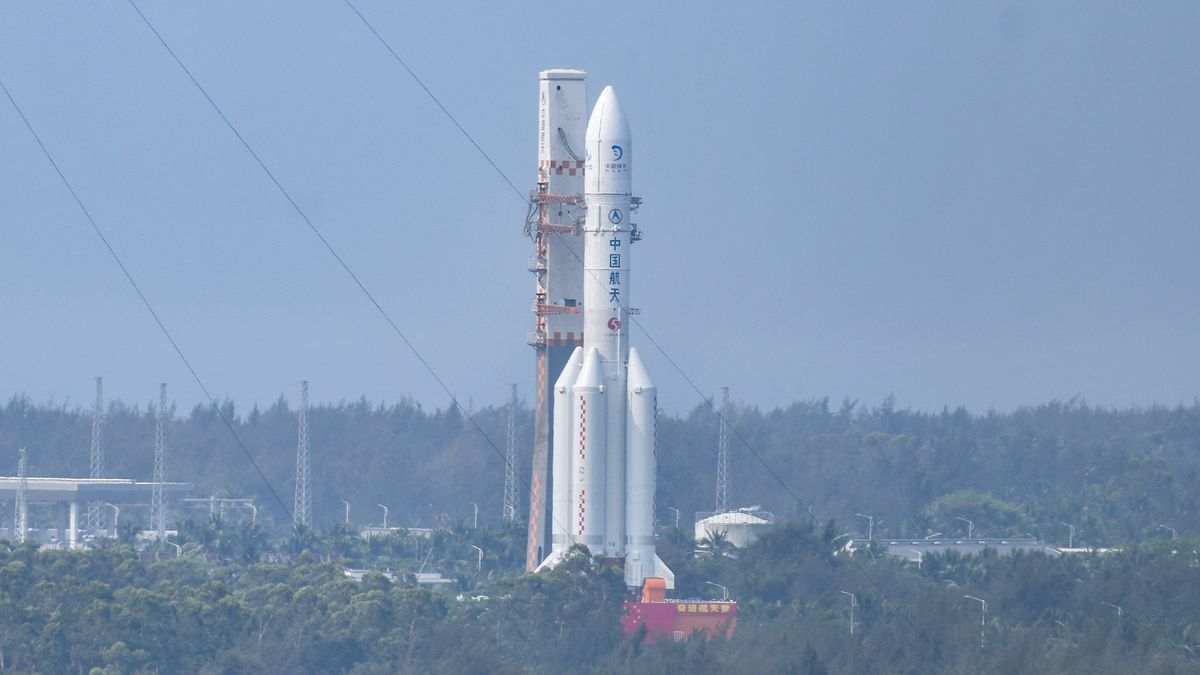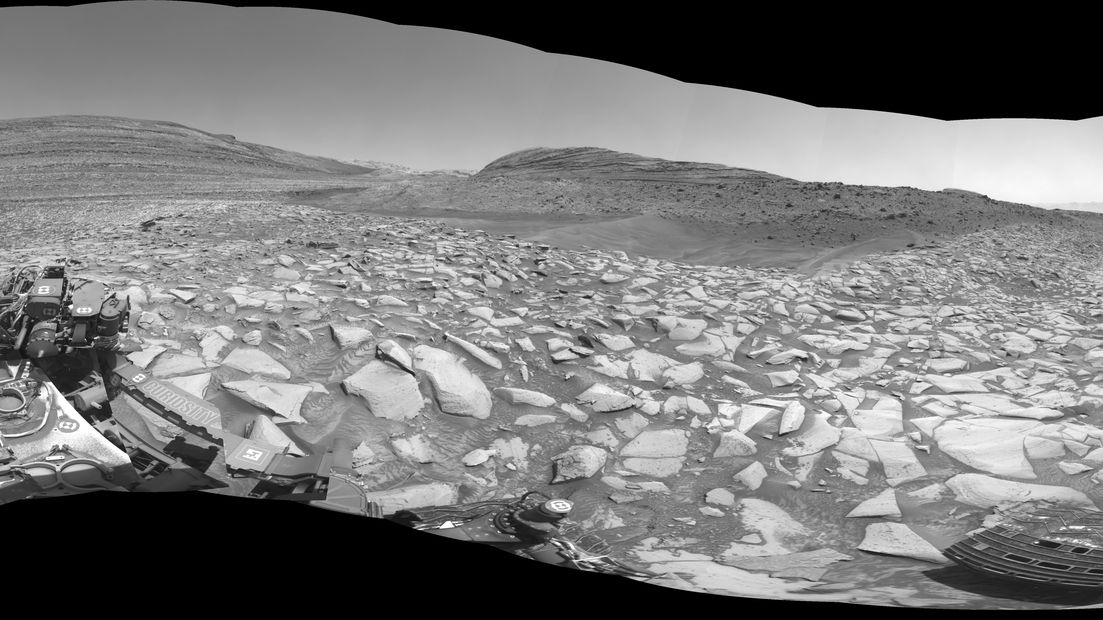China’s Next Robotic Moon Mission
China is gearing up to launch its next robotic moon mission on Friday, May 3. The Long March 5 rocket will be carrying the Chang’e 6 lunar far side sample return mission. The launch is scheduled to take place between 5:17 a.m. EDT and 6:18 a.m. EDT on Friday. The mission will originate from China’s Wenchang Satellite Launch Center located on Hainan, a tropical island province off the southeastern coast of mainland China.
You will have the opportunity to witness the live action of this significant event. The live webcast will commence at 4:30 a.m. ET on May 3, accessible via CCTV+.
The Mission Objective
Chang’e 6 will entail the deployment of four components over the course of its 53-day mission. These include a lunar orbiter, a moon lander, an ascender spacecraft, and a reentry module. The lunar orbiter will first enter lunar orbit and subsequently deploy the lander and ascender.
The primary objective of the robotic lander is to target the Apollo basin, a vast impact crater situated on the far side of the moon. Here, it will endeavor to retrieve up to 4.4 pounds (2 kilograms) of lunar material. Once collected, the samples will be transferred to the ascent vehicle which will then propel them back to the orbiter. The orbiter will then initiate its return journey towards Earth.
Significance of Lunar Material
The samples, once released towards Earth within the reentry module, will provide researchers with invaluable pristine moon material from the lunar far side. These samples are expected to offer insight into the early impact history of the solar system as well as the geological evolution of the moon.
The Chinese space agency officials have lauded the mission’s intricacy. Ge Ping, the deputy director of the Center of Lunar Exploration and Space Engineering for the China National Space Administration, highlighted the breakthroughs expected in various technologies such as the moon’s retrograde orbit control, intelligent sampling, takeoff, and ascent technologies, and automatic sample-return capabilities on the far side of the moon.
Technological Support
To bolster the Chang’e 6 mission, China recently launched the Queqiao-2 satellite in March 2024. This satellite will serve as a vital communications relay for spacecraft visiting the lunar far side. Additionally, two experimental satellites were also launched to function as communication and navigation relays for future lunar missions. Notably, these satellites have already transmitted compelling lunar images back to Earth.
Image/Photo credit: source url





